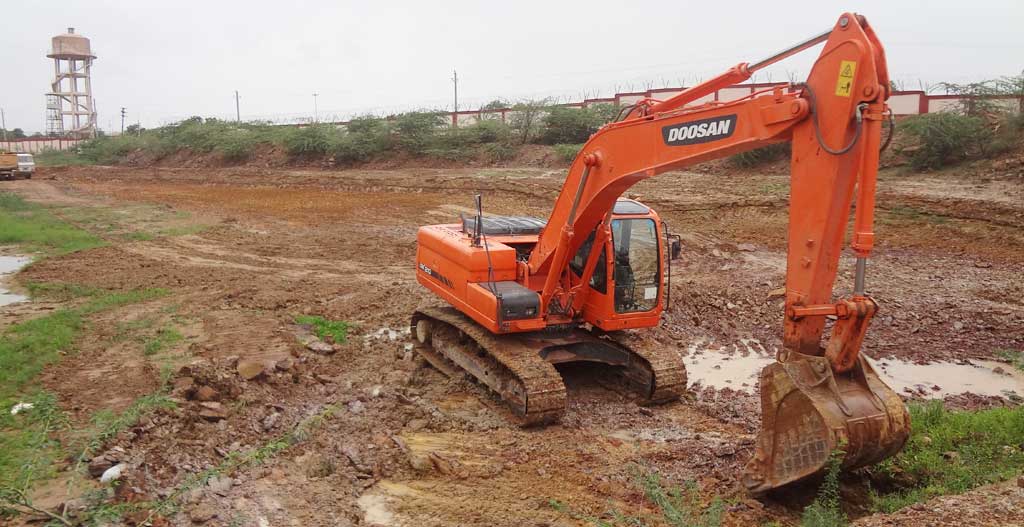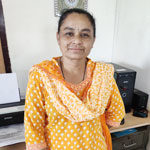HISTORY
Water is a precious resource in arid regions like Bhuj, therefore, our ancestors had established Bhuj on a 100 sq.km. confined aquifer which was recharged through a complex system. Four large lakes, along with over 70 ponds were developed and three rivulets were connected through aqueducts and diversion channels to fill these lakes to fulfil the water requirement of the city. This system was functional till the 60’s. But as deep ground water borewells and pipelines to transport water from a thousand kilometres were developed, this traditional water system was ignored. This centralized water system, further marginalizes poor settlements with unequal distribution of water. As per ACT’s water balance studies, the city receives more than enough water from rainfall to meet the present requirements of water of the city if the old system can be revived, and the recharge facilities are restored. 70% of these structures and channels have been repaired by the program.
Location of four manmade lakes connected with watershed through water channels

INTERVENTIONS
Arid Communities and Technology has been working on participatory groundwater management projects and initiatives in Bhuj since 2006. Attempts have been made on multi-levelsto make Bhuj sustainable for its future water requirement.
1. Rejuvenation of lakes
So far,10 lakes have been rejuvenated in the city by deepening, cleaning, and removal of encroachmentson lakes that had increased water storage capacity of around 100 million litres.
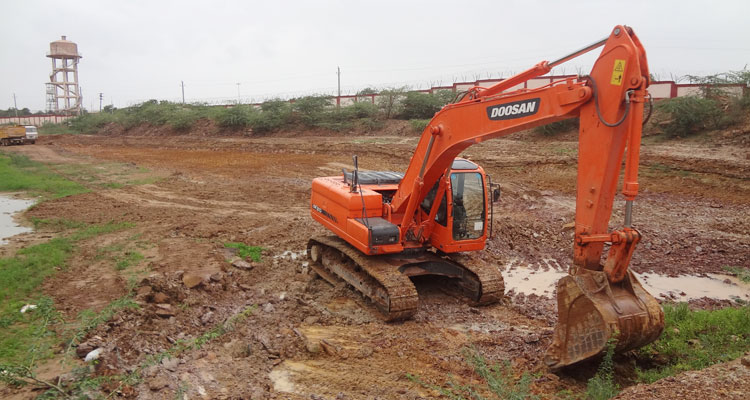
2. Roof rainwater harvesting in schools
12 schools access drinking water supply from these RRWH systems. Out of which, six have also installed recharge pits. The storage capacities of the RRWH tanks varies from 20,000 litres to 45,000 litres, depending upon building size and number of students. More than 2,000 children, now, have access to quality drinking water. (13 Lakh Litter Water storage)
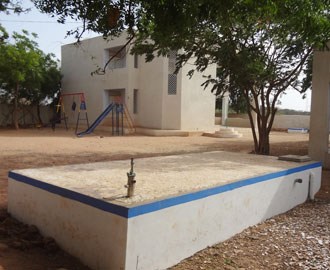
3. Campus water harvesting to make it self-reliant
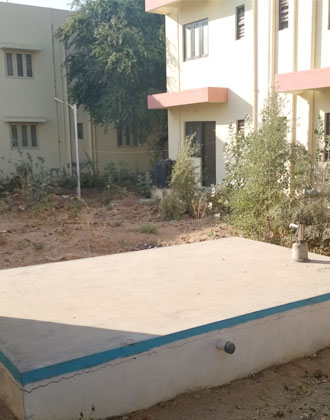
A RRWH system having a capacity of 30,000 litres was built in the Professors’ Colony of R. R. Lalan College. A percolation tank was constructed in the college campus to maintain and increase the level of groundwater. To augment the groundwater further, a recharge bore-well and four recharge pits had also been constructed in the campus. All these efforts have been put together to make this college campus self-reliant in terms of its water requirement in future. This successful demonstration inspires other institutions to follow this model of water sovereignty.
4. Decentralized water systems
Over the years, water problems for more than 3,500 people, living in six slum settlements, have been resolved. All proposed solutions follow the system of identifying a local aquifer, recharging it and developing a stand-post with a pump whereby the neighbourhood can come to replenish their water supply. These systems are completely managed by local communities.

5. Ground water recharge bore-wells
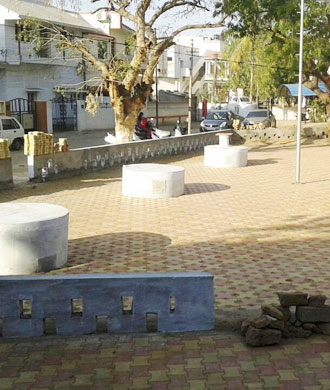
In 2011, Jubilee colony, a neighbourhood prone to regular flooding, was the first to implement this technology. Two common plots in the colony were deepened and three pits, of 18-20 feet depth, were dug. A graded filter was made of big stones, gravel and topped with rough sand. In one of the pits, a recharge bore-well went 100 feet deep into the aquifer. This not only stopped flooding in the colony, but also improved the water quality from the aquifer from 2,100 to 650 parts per million (ppm) within two years.
The neighbourhood contributed around 20 per cent of the total project cost (approximately INR 0.4 million). The recharge plot has also been demonstrated in Dantaniyawas, an informal settlement, where deep bore-well has been installed to fulfil local water requirements.
Upon sharing this experience with the municipality, ACT was asked to develop guidelines for contracting such recharge bore-wells under the national government’s programme – Atal Mission for Rejuvenation and Urban Transformation (AMRUT).The government has sanctioned 13 recharge bore-wells for the city, out of which four have been built.
6. Decentralized Wastewater Treatment System (DEWATS)
Hunnarshala Foundation implemented this system in the city in three different conditions: (i) A 100 thousand litres system was implemented to treat sewage from 120 homes in GIDC (Gujarat Industrial Development Corporation) settlement; (ii) Another system, treating 30 thousand litres of sewerage from a main sewer line, has been used to develop a kilometre long garden, along one of the rivulets of Hamirsar lake; and (iii) The third system is installed in the campus of an organisation.
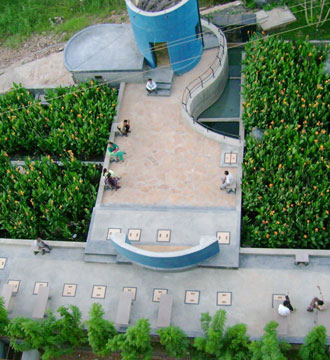
JalstrotSnehSamvardhan Samiti (JSSS) is an interested group of citizens who were encouraged to spread awareness, act as a watchdog for any encroachments on the Hamirsar system and advocate investments from the government. Over the years, JSSSS has organized following activities:
A team of barefoot hydrologist has also been formed known as Jalsaathi for technical assistance to JSSS.
On-going Fellowships
Manishaba.J.Jadeja working majorly in Peri Urban areashas been associated with Arid communities and Technologies from past many years. She dedicatedly works to water management programmes and focus on decentralized potable water systems, accessible sanitation systems, Urban watershed improvements and management and conservation of local water bodies.
Mr. Dayaram Parma focuses most of his work on Decentralized water systems. A passionate city fellow is working relentlessly to resolve water problems in slums of the city. Each year, he identifies 2-3 settlements, finds solutions to their problems by hiring BhujalJankars as well as donations for executing these solutions. He also works in finding defunct borewells and water recharging plots around the city.
Mr. Avnish Rana has been involved mainly in awareness and sensitization activities with children and in schools. He very naturally in laymen’s language explain to students about the water situation in Bhuj and how it will affect them in future. A Bal JSSS team is also being organized to empower them so that independently they can continue the legacy of educating other students.

